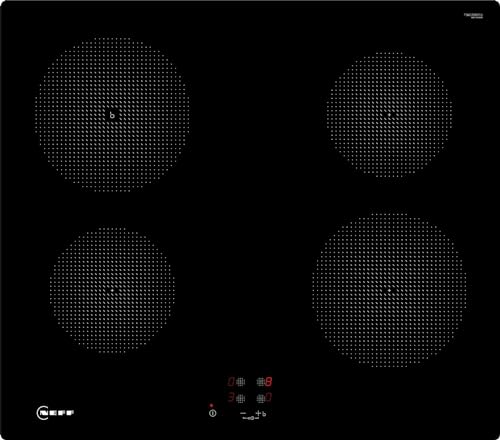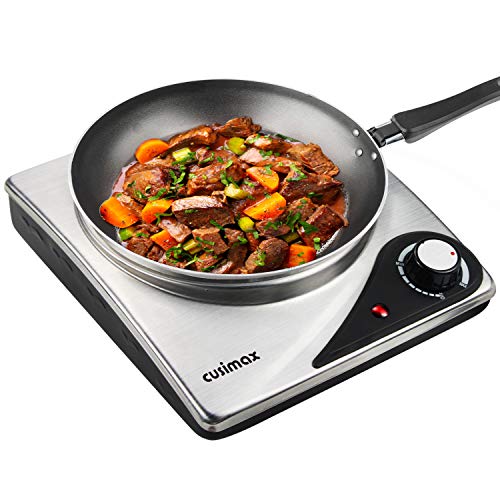Understanding Golf Grips: The Foundation of Your Game
The Importance of Grips in Golf
When we talk about golf grips, we’re referring to the part of the club that we hold while swinging. You might think of them as the connection between you and the club; a crucial link that can significantly influence your performance on the course. Golf grips are not just a matter of comfort; they directly affect your control over the club and, consequently, your accuracy and power. A secure and comfortable grip helps ensure that your hands don’t slip during swings, which could lead to mishits. Think of it this way: even the most skilled golfer can struggle with poor grip, just as a painter needs the right tools for creating a masterpiece.
How Grip Affects Your Swing
The grip impacts everything about your swing mechanics from the angle at which the clubhead strikes the ball to the trajectory of your shots. A grip that’s too large can hinder your ability to close the clubface, while a grip that’s too small might lead to excessive movement of your hands. This lack of consistency can lead to erratic shots. Moreover, the right grip can help you maintain a stable wrist position, providing solid control through your swing. Therefore, understanding grips is fundamental to developing a reliable golfing technique.
Choosing the Right Golf Grips: Factors to Consider
Grip Size: Finding Your Fit
When it comes to grip size, finding the right fit is essential. If you have smaller hands, a thinner grip may provide better control, while those with larger hands might prefer a thicker grip. To determine the best size for you, try holding different grips at your local pro shop. Your fingers should lightly touch your palm without pressing too tightly. At the same time, consider your grip pressure during play; the right grips can help you relax your grip, thereby improving your swing.
Material Choices: Rubber, Cord, or Composite?
Golf grips come in various materials, primarily rubber, cord, and composite. Rubber grips are popular for their comfort and shock absorption, providing a cushioned feel. Cord grips are designed with a textured fabric that offers a firmer grip, ideal for those who tend to sweat. Composite grips combine features of both rubber and cord, aiming to deliver the best of both worlds. Think about the weather conditions where you usually play; if you’re often in humid conditions, a cord grip might be the way to go.
Tackiness and Feel: What Works for You?
Tackiness can greatly affect how confidently you swing your club. Some players prefer grips that are extra tacky, ensuring that they don’t lose hold of the club regardless of the conditions. Others may prefer a smoother feel that allows for a more natural hand movement. It’s best to test various grips to determine which texture feels most comfortable for your playing style.
Types of Golf Grips: Which One Suits Your Swing?
Standard Grips: The Go-To Choice
Standard grips are the most common type and are generally good for golfers of all skill levels. They are available in different sizes and materials, making them versatile. If you’re starting out or unsure what fits your swing best, standard grips are an excellent choice since they can accommodate various playing styles.
Oversized Grips: Added Comfort for Stronger Control
For players who struggle with grip pressure or hand size, oversized grips are a great alternative. These grips allow for less wrist movement, aiding in a more controlled and powerful swing. Golfers who often experience hand fatigue or discomfort might find oversized grips to be particularly beneficial.
The Benefits of Signature Grips
Some manufacturers offer signature grips, designed in collaboration with professional golfers. These grips often incorporate specific design elements tailored to enhance performance based on a player’s style. If you’re a frequent golfer looking to refine your game, exploring these options can yield helpful insights and possibly improved performance.
How to Install Golf Grips Like a Pro: A Step-by-Step Guide
Gather Your Tools
To install golf grips properly, start by collecting the necessary tools: a utility knife, grip tape, solvent (like mineral spirits), and a vise with a supportive grip clamp. Having everything at your fingertips will streamline the process and give you a more professional outcome.
Remove Old Grips and Clean Your Clubs
If you’re replacing old grips, carefully cut them off using your utility knife. Next, remove the leftover grip tape and clean the shaft of the club thoroughly to ensure the new grips adhere properly. This step is critical because any residue left behind can affect the integrity of your new grip.
Applying Grip Tape and Solvent
Wrap new grip tape around the shaft where the grip will sit, leaving a small overhang at the end. Coat the tape and the inside of the new grip with solvent; this will allow for easy sliding of the grip onto the club. Be generous with the solvent, as it helps avoid any sticky situations during installation.
Slide On the New Grips
With the shaft prepped and the grip coated in solvent, slide the grip onto the shaft while twisting it gently from side to side. It should glide on smoothly. Make sure to align the grip properly as you push it down the shaft. Position it so that the logo or design is facing the correct direction.
Final Touches: Let it Settle
Once the grip is in place, allow it to dry for at least a few hours before using your clubs. This time ensures that the adhesive on the tape bonds firmly with both the club and the grip, resulting in optimal performance during your next outing.
Maintaining Your Golf Grips: Tips for Longevity and Performance
Regular Cleaning for Better Traction
Keeping your grips clean is vital for maintaining their performance. After each round, we recommend wiping down the grips with a damp cloth and mild soap. Strong chemicals can deteriorate the materials, so sticking to gentle cleaners is wise. A clean grip ensures that it remains tacky and functional, promoting better control during your swings.
Inspecting for Wear and Tear
Check your grips regularly for signs of wear. If you notice slick spots or cracks, it may be time for a replacement. Worn grips can negatively impact your swing and overall game, so staying on top of this maintenance task is key. Ideally, you should assess your grips at the start of each golfing season.
Storage Matters: Protecting Your Equipment
Where and how you store your clubs can also play a huge role in the lifespan of your grips. Keep your clubs in a cool, dry place and avoid exposing them to extreme temperatures, which can damage the materials. Using headcovers for your clubs can also protect the grips from unnecessary wear when not in use.
































